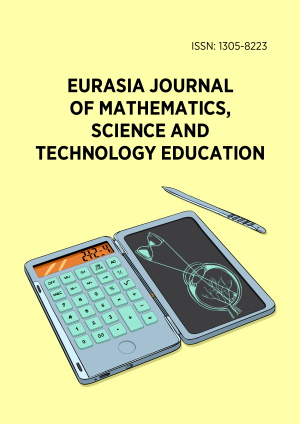Abstract
Indonesia’s frequent curriculum changes necessitate corresponding adjustments in educational components, particularly textbooks, which must align with the epistemic objectives of education. As didactic representations of curriculum content, textbooks are crucial in guiding teachers and students toward learning goals. This study compares textbooks from the 2013 curriculum (TB) and the Merdeka curriculum (MB), examining their potential to create learning obstacles. Using praxeology theory (T, τ, θ, Θ) and focusing on derivation, this document analysis is conducted within the framework of didactic design research. Findings reveal notable similarities and differences in task presentation across both textbooks, with some tasks exclusive to TB or MB. Broadly, both textbooks predominantly employ testimonial solution techniques, which may contribute to epistemological learning obstacles. Additionally, unsystematic task sequences in both texts suggest a risk of ontogenic obstacles. These findings provide insights into developing textbooks that better address the demands of evolving curricula.
License
This is an open access article distributed under the Creative Commons Attribution License which permits unrestricted use, distribution, and reproduction in any medium, provided the original work is properly cited.
Article Type: Research Article
EURASIA J Math Sci Tech Ed, Volume 21, Issue 5, May 2025, Article No: em2627
https://doi.org/10.29333/ejmste/16256
Publication date: 01 May 2025
Online publication date: 07 Apr 2025
Article Views: 294
Article Downloads: 142
Open Access References How to cite this article
 Full Text (PDF)
Full Text (PDF)